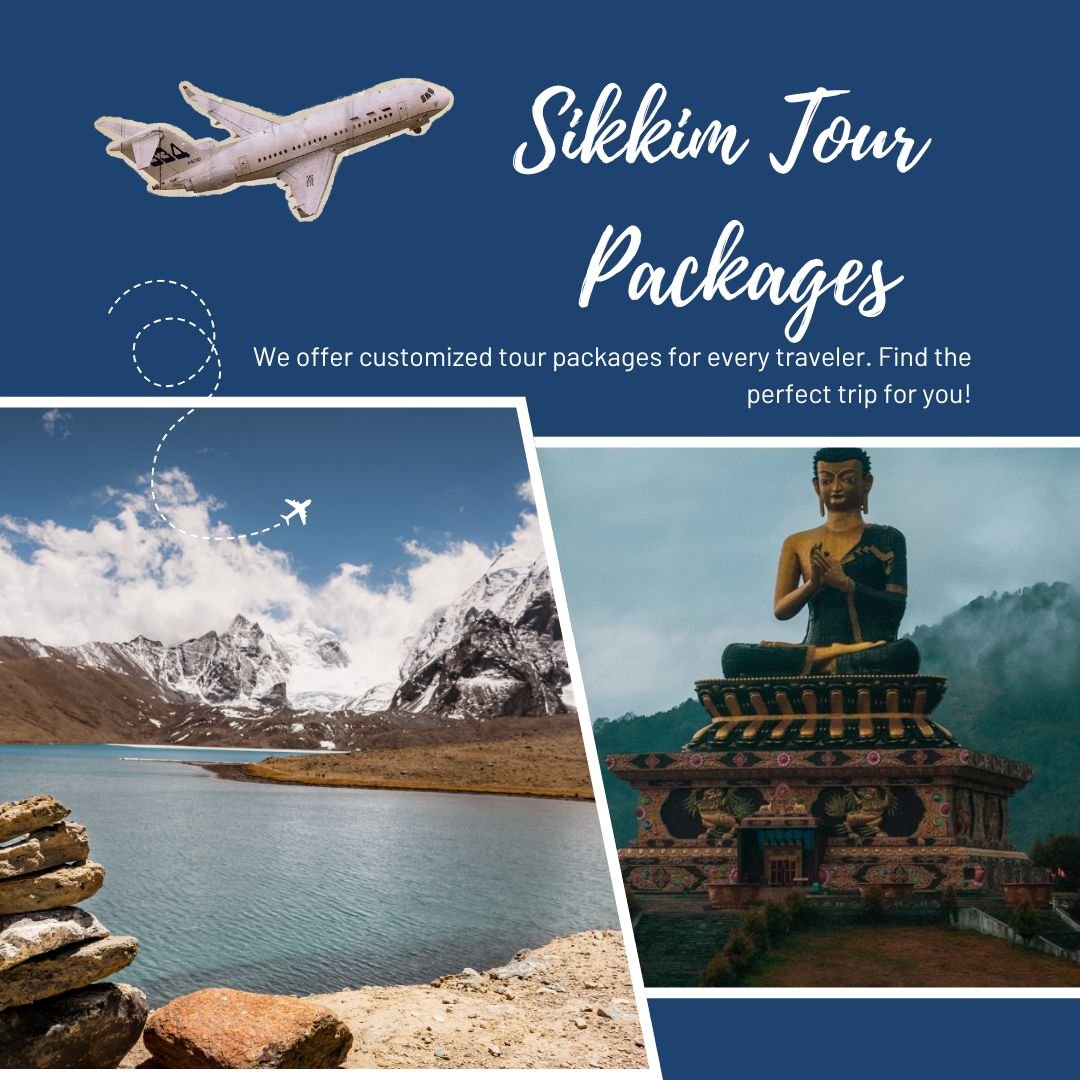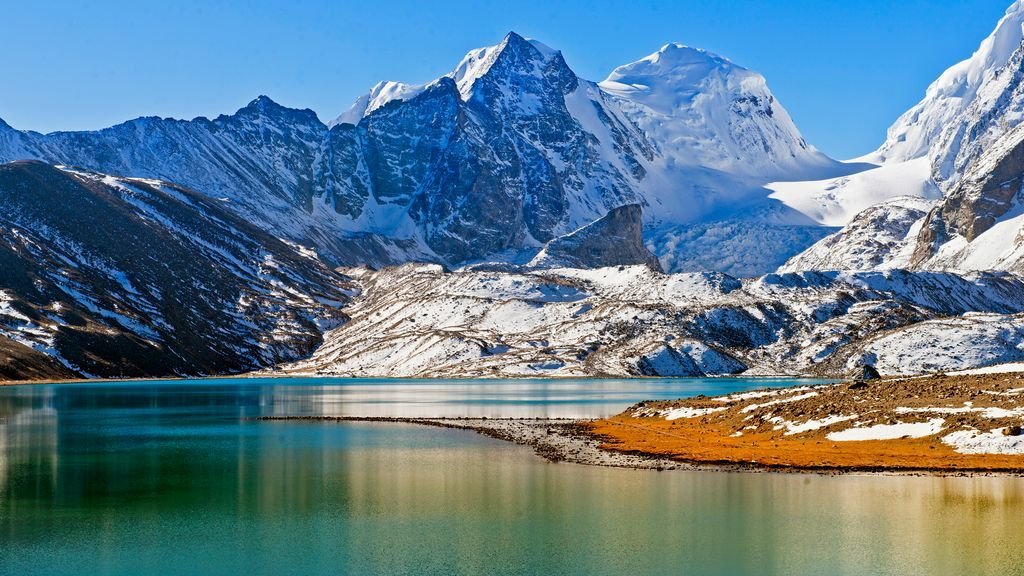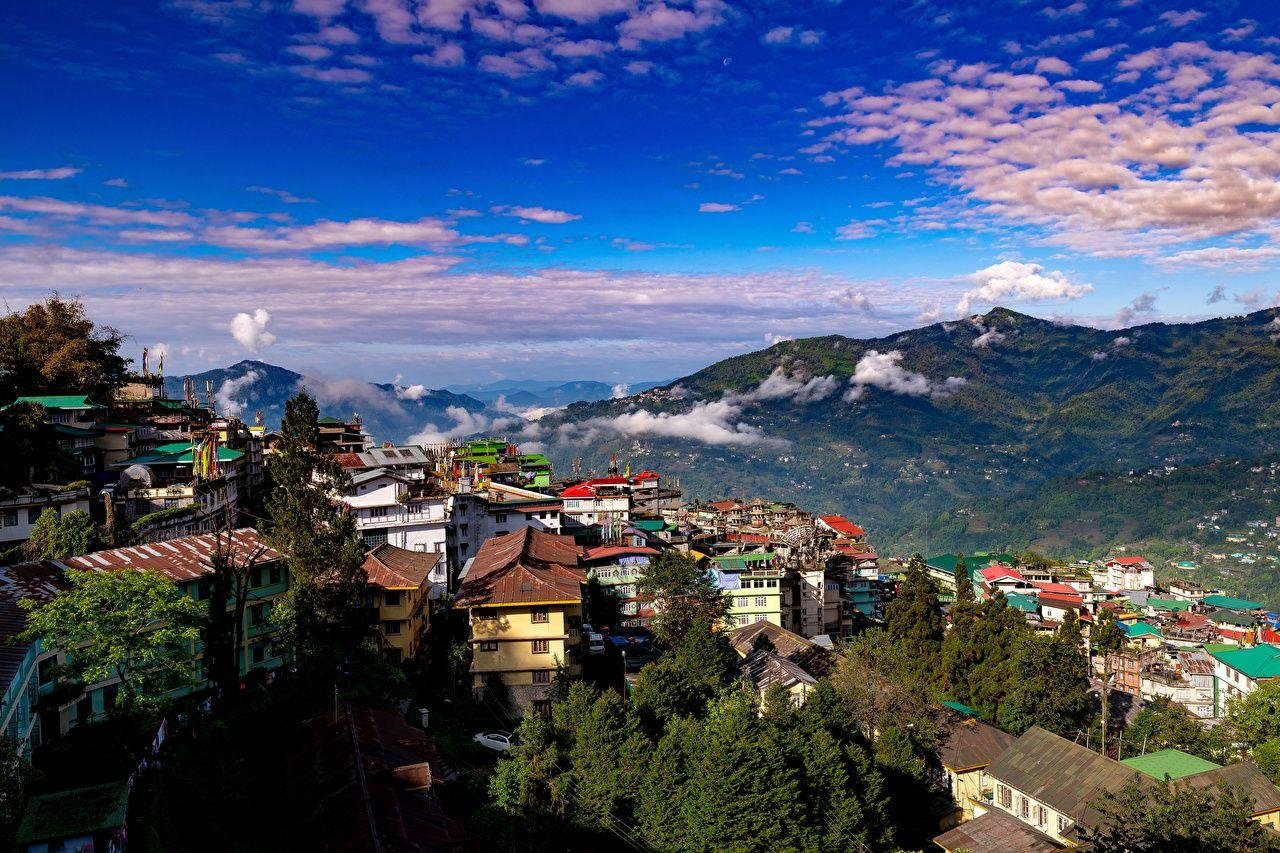Introduction to Trekking in Sikkim
Trekking in Sikkim is not just a physical journey through the Himalayas—it’s a soul-stirring passage across one of India’s most pristine states. Tucked in the northeast, Sikkim offers a unique trekking experience marked by snow-capped peaks, ancient monasteries, rich biodiversity, and peaceful mountain villages. Whether you’re drawn to alpine meadows or high-altitude lakes, this region promises trails that are raw, scenic, and deeply cultural.
From easy woodland walks to rugged high-altitude expeditions, trekking in Sikkim is suitable for adventurers of different levels. Each trail comes with panoramic views of the Eastern Himalayas and a chance to connect with the indigenous way of life. With Kanchenjunga—India’s highest peak—as your backdrop, every step becomes meaningful.
Why Choose Sikkim for Trekking?
Sikkim’s appeal lies in its untouched terrain. Unlike crowded hill stations or commercial trek zones, the routes here remain tranquil. The trails are maintained, safe, and guided by experienced locals, making trekking in Sikkim a deeply immersive experience.
Some reasons why trekkers pick Sikkim include:
- Diverse Trek Routes: From the famous Goechala Trek to lesser-known Dzongri and Green Lake trails, Sikkim caters to all.
- Stunning Biodiversity: Rhododendron forests, rare orchids, red pandas, and Himalayan birds mark the way.
- Cultural Insight: Interact with Lepchas, Bhutias, and Nepalese communities in remote villages.
- Clean and Protected Trails: Most treks lie within national parks and biosphere zones with strict ecological guidelines.
Best Time for Trekking in Sikkim
Trekking in Sikkim is seasonal due to snow and rain. The ideal time falls under two windows:
- Spring (March to May): Flowers are in full bloom, and temperatures are moderate.
- Autumn (September to November): Clear skies provide unmatched views of the Himalayas.
Avoid the monsoon (June to August) due to landslides and slippery trails, and the heart of winter (December to February) unless you’re an experienced trekker.
Top Trails for Trekking in Sikkim
Here’s a list of the most popular and rewarding trails when it comes to trekking in Sikkim:
1. Goechala Trek
- Altitude: 15,100 ft
- Duration: 9–11 days
- Difficulty: Moderate to Difficult
This is the crown jewel of trekking in Sikkim. The trail starts from Yuksom and passes through Sachen, Tshoka, Dzongri, and Thansing. The view of Mt. Kanchenjunga from the Goechala Viewpoint is a reward that stays with trekkers forever.
2. Dzongri Trek
- Altitude: 13,000 ft
- Duration: 5–6 days
- Difficulty: Moderate
A shorter alternative to the Goechala route, Dzongri Trek is ideal for those who want the mountain experience without long durations. The sunrise from Dzongri Top over Kanchenjunga is surreal.
3. Green Lake Trek
- Altitude: 16,000 ft
- Duration: 10–12 days
- Difficulty: Difficult
This trail leads to the base camp of Mt. Kanchenjunga from the north side. Starting from Lachen, it passes through rhododendron forests, alpine lakes, and vast meadows. Permits are harder to get, but the raw beauty makes it worth it.
4. Kanchenjunga Base Camp Trek
- Altitude: 17,000 ft
- Duration: 14–15 days
- Difficulty: Very Difficult
For seasoned trekkers, this route covers steep ascents, glacial moraines, and extreme altitudes. It’s less traveled, but spiritually and physically rewarding.
5. Versay Rhododendron Trek
- Altitude: 10,000 ft
- Duration: 4–5 days
- Difficulty: Easy to Moderate
Perfect during spring, this trek is less about peaks and more about vibrant forest trails, with 40+ varieties of rhododendron blooming along the way.
Permits Required for Trekking in Sikkim
Sikkim is a restricted area, especially for foreign nationals. To go trekking in Sikkim, here’s what you need:
- ILP (Inner Line Permit): Mandatory for all foreign visitors entering Sikkim.
- Protected Area Permit (PAP): Needed for specific treks like Goechala and Green Lake.
- Local Trekking Permit: Issued by Sikkim Tourism or registered trekking agencies.
Always carry multiple copies of your ID, passport, and visa, as they may be checked at different checkpoints along the way.
Physical Preparation and Gear for Trekking in Sikkim
Trekking in Sikkim isn’t just about scenery—it tests your body and spirit. Here’s how to prepare:
Physical Preparation:
- Start cardiovascular training at least 4 weeks in advance.
- Include long walks with a loaded backpack.
- Focus on leg strength and lung capacity.
Essential Gear:
- Waterproof trekking shoes with good grip.
- Thermal inner layers and down jackets.
- Gloves, woolen socks, and a beanie.
- Headlamp with batteries.
- Sleeping bag and trekking poles (if camping).
- First aid kit and water purification tablets.
For many treks, you can rent gear from Yuksom or Gangtok if needed.
Culture and Local Life Along the Trails
One of the enriching aspects of trekking in Sikkim is engaging with the communities that live in and around the Himalayas. Many villages en route have centuries-old monasteries, organic farms, and traditional mud houses. A typical day may start with yak herders passing by or children chanting in a Buddhist monastery.
Hospitality in these villages is simple and genuine. Trekkers often stay in basic homestays or tents pitched near village homes, eating dal-bhaat, momos, and butter tea. It’s a chance to slow down and understand life at high altitudes.
Tips for a Safe Trekking Experience in Sikkim
To make your experience of trekking in Sikkim smooth and safe, keep these in mind:
- Stay Hydrated: Even in cold weather, drink enough water to avoid altitude sickness.
- Respect Altitude: Ascend slowly and never push through symptoms of Acute Mountain Sickness (AMS).
- Avoid Littering: Sikkim is strict about waste disposal—carry your trash back.
- Hire Local Guides: Apart from supporting the local economy, they offer safety and cultural insights.
- Pack Light but Smart: Carry just what you need, and keep essentials in a dry bag.
Sustainable Trekking in Sikkim
Sikkim is India’s first fully organic state and takes conservation seriously. When trekking in Sikkim, being mindful of your ecological footprint is essential.
- Use Eco-Friendly Toiletries
- Don’t Pick Flowers or Damage Trails
- Follow Marked Routes Only
- Support Local Businesses and Stay in Eco-Stays
Responsible trekking helps preserve the fragile Himalayan ecosystem and allows future travelers to experience its purity.
Trekking in Sikkim for Solo Trekkers and Groups
While solo trekking is growing in popularity, Sikkim’s protected trails often require you to be part of a registered group with a certified guide. For solo travelers, joining fixed departures through reputed trekking agencies is advisable.
Group treks are usually well-organized, with porters, kitchen staff, and tents arranged in advance. It also means shared permits, costs, and safety in numbers.
How to Reach the Starting Points
Trekking in Sikkim typically starts from base towns like Yuksom, Lachen, or Gangtok. Here’s how to get there:
- By Air: The nearest airport is Pakyong (approx. 30 km from Gangtok) or Bagdogra (120 km from Gangtok).
- By Train: The closest railhead is New Jalpaiguri (NJP).
- By Road: Shared taxis and private jeeps operate from Siliguri, Darjeeling, and NJP to major trekking base points.
It’s always wise to arrive a day or two early for acclimatization.
Final Thoughts
Trekking in Sikkim is not a rushed activity—it’s an experience that demands presence, patience, and respect for nature. It combines the challenge of Himalayan terrain with the peaceful rhythm of mountain life. Whether you seek solitude, spiritual insight, or sheer physical endurance, the trails of Sikkim will welcome you with silent peaks and endless skies.
For those who are truly ready to feel the heart of the Himalayas, trekking in Sikkim offers one of the most untouched and powerful journeys in India’s northeast.









Leave a Reply